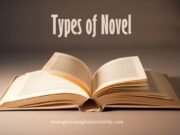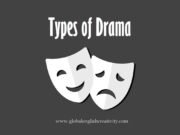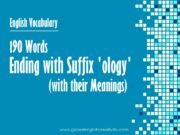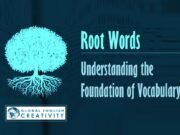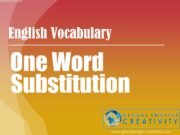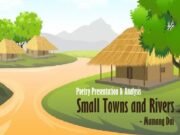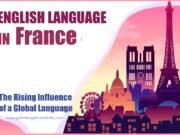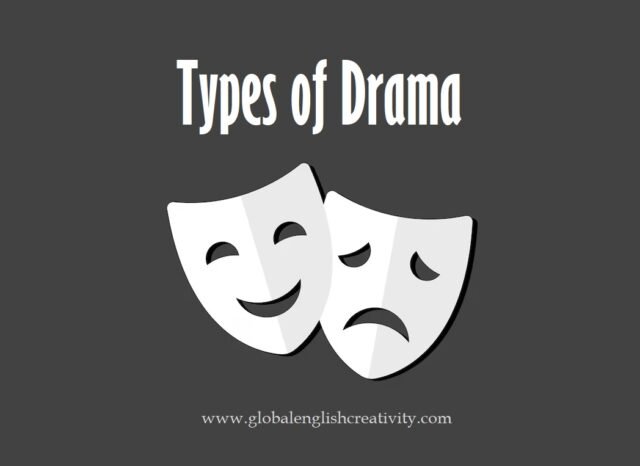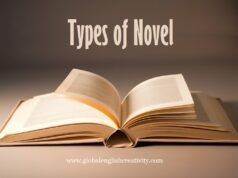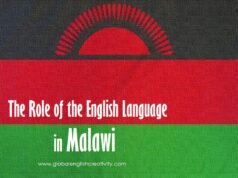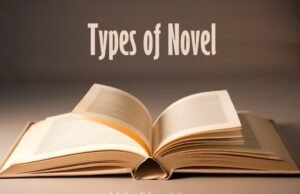Drama is one of the oldest forms of literary art and performance, dating back to ancient times when stories were told through action and dialogue on stage. It is a mode of fictional representation through dialogue and performance. A drama is meant to be performed in front of an audience and is typically written in script form.
Over the centuries, drama has evolved into various forms and genres, each with distinct characteristics. Understanding the different types of drama helps us appreciate the diversity of storytelling styles in theatre, television, and film.
Types of Drama

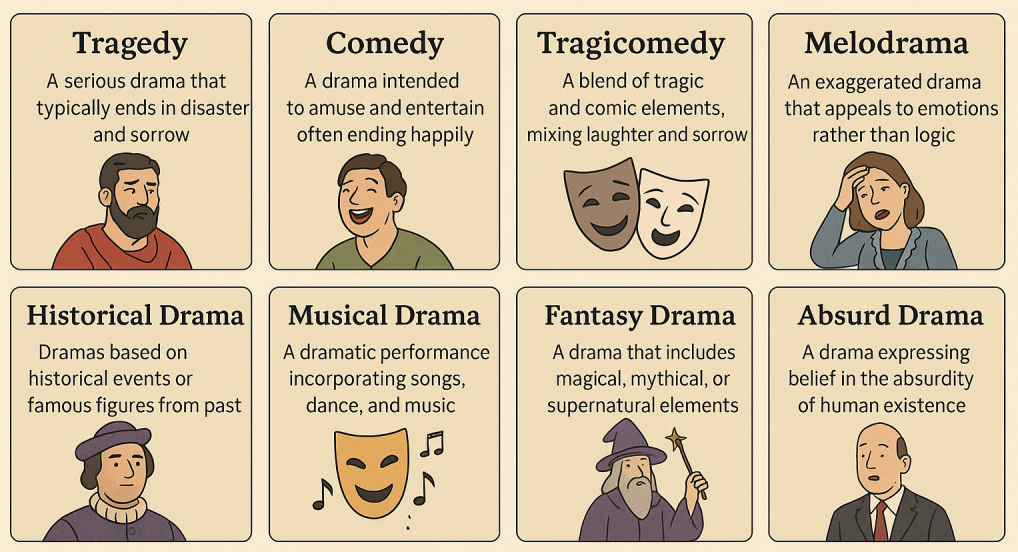
 1. Tragedy: Tragedy is a serious drama that typically ends in disaster and sorrow for the main characters.
1. Tragedy: Tragedy is a serious drama that typically ends in disaster and sorrow for the main characters.
Key Features:
- Focus on human suffering
- Themes of fate, loss, betrayal, and death
- Often features a tragic hero with a fatal flaw (hamartia)
- Catharsis: the audience experiences pity and fear
Examples:
- Oedipus Rex by Sophocles
- Macbeth by William Shakespeare
- Death of a Salesman by Arthur Miller

2. Comedy: Comedy is a form of drama intended to amuse and entertain, often ending happily.
Key Features:
- Humorous characters and situations
- Satirical elements or exaggeration
- Often deals with social issues in a light-hearted manner
- Mistaken identities, misunderstandings, and clever wordplay
Subtypes:
- Romantic Comedy: Focuses on love and relationships (e.g., Much Ado About Nothing)
- Satirical Comedy: Criticizes society through humor (e.g., The Importance of Being Earnest)
- Farce: Exaggerated, improbable events and physical comedy (e.g., Noises Off)

3. Tragicomedy: A blend of tragic and comic elements, tragicomedy reflects the complexities of real life by combining laughter and sorrow.
Key Features:
- Alternating moods of tragedy and comedy
- May have a serious tone but with a happy or hopeful ending
- Characters often face realistic dilemmas
Examples:
- The Tempest by William Shakespeare
- Waiting for Godot by Samuel Beckett
- The Cherry Orchard by Anton Chekhov

4. Melodrama: Melodrama is an exaggerated, sensational form of drama that appeals to emotions rather than logic.
Key Features:
- Clear distinction between good and evil characters
- Emotional plots with sensational events
- Use of music to heighten emotions
- Predictable outcomes
Examples:
- 19th-century Victorian melodramas
- Soap operas and certain Bollywood films today

5. Historical Drama: Dramas based on historical events or famous figures from the past.
Key Features:
- Factual or fictionalized accounts of real events
- Emphasis on historical accuracy or settings
- May be used to comment on contemporary issues
Examples:
- Henry V by William Shakespeare
- The Crucible by Arthur Miller
- Julius Caesar by William Shakespeare

6. Musical Drama: A dramatic performance that incorporates songs, dance, and music into the narrative.
Key Features:
- Story is told through spoken dialogue, songs, and choreography
- Songs reveal characters’ emotions and advance the plot
- High entertainment value
Examples:
- Les Misérables
- The Phantom of the Opera
- Hamilton
 7. Fantasy Drama: Dramas that include magical, mythical, or supernatural elements.
7. Fantasy Drama: Dramas that include magical, mythical, or supernatural elements.
Key Features:
- Set in imaginary or fantastical worlds
- Often involves quests, heroes, and mythical beings
- Appeals to imagination and wonder
Examples:
- A Midsummer Night’s Dream by William Shakespeare
- Harry Potter and the Cursed Child
- Many modern fantasy TV shows and films

8. Political and Social Drama: Dramas that address political, social, or ethical issues.
Key Features:
- Raise awareness about real-world problems
- Often written with a message or critique
- Characters represent various social classes or ideologies
Examples:
- An Enemy of the People by Henrik Ibsen
- A Raisin in the Sun by Lorraine Hansberry
- The Government Inspector by Nikolai Gogol

9. Absurd Drama: A modern form of drama that expresses the belief that human existence has no meaning or purpose.
Key Features:
- Illogical or nonsensical dialogue and actions
- Repetitive or circular plot structure
- Reflects existential themes
Examples:
- Waiting for Godot by Samuel Beckett
- The Bald Soprano by Eugène Ionesco

- Drama is a rich and multifaceted form of artistic expression that reflects the complexities of human nature and society.
- From the tragic tales of ancient Greece to the lively musicals of Broadway, each type of drama offers unique experiences and insights.
- Understanding the different genres not only enhances our appreciation of dramatic works but also helps aspiring writers, performers, and audiences engage more deeply with the stories being told.

also see:

